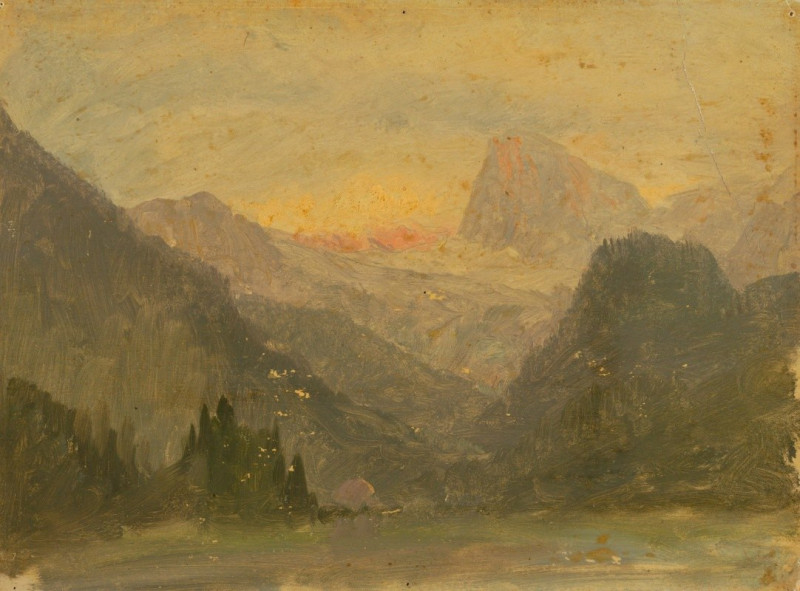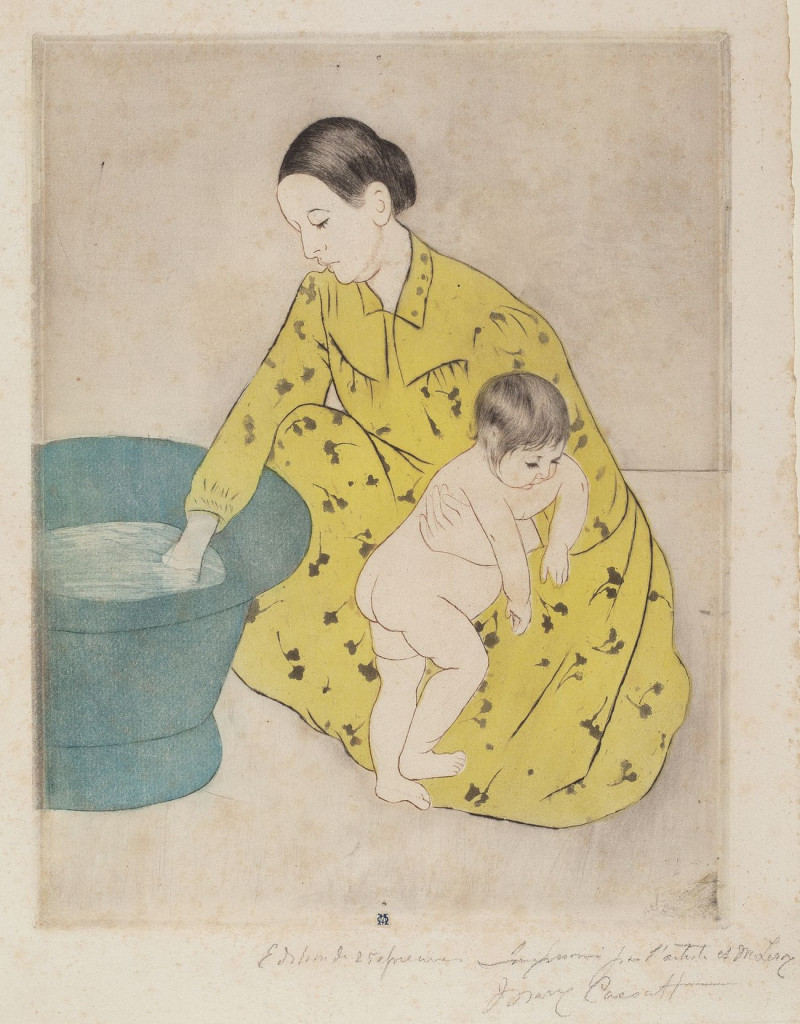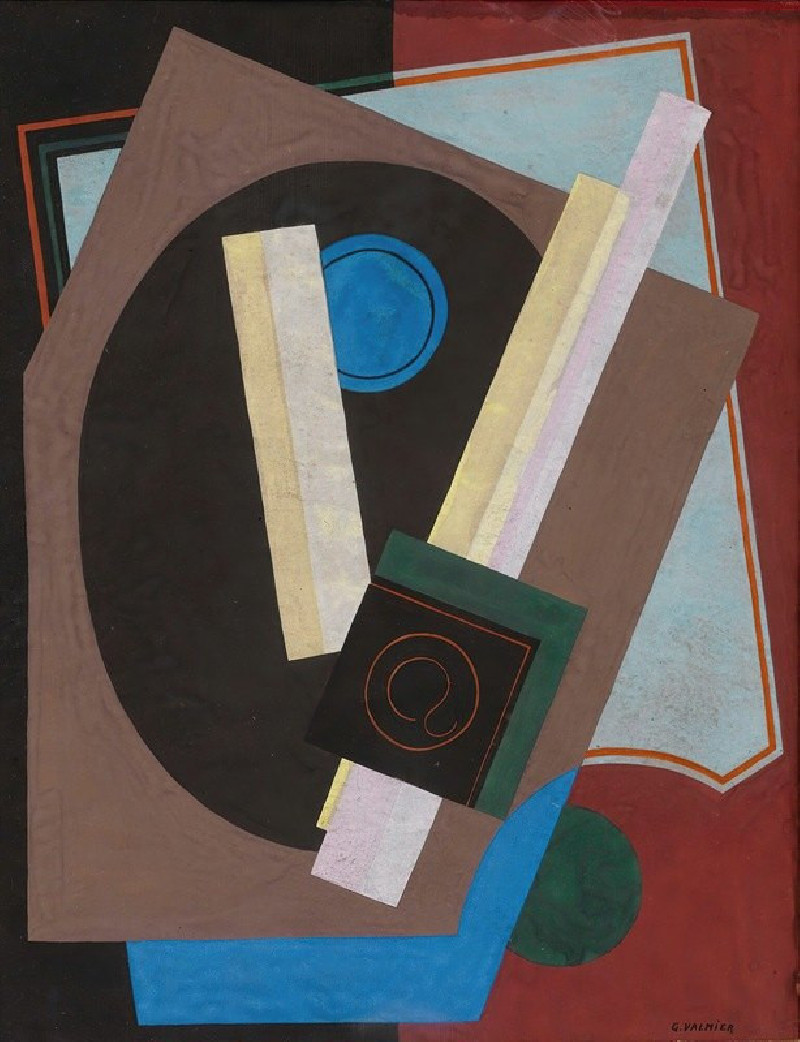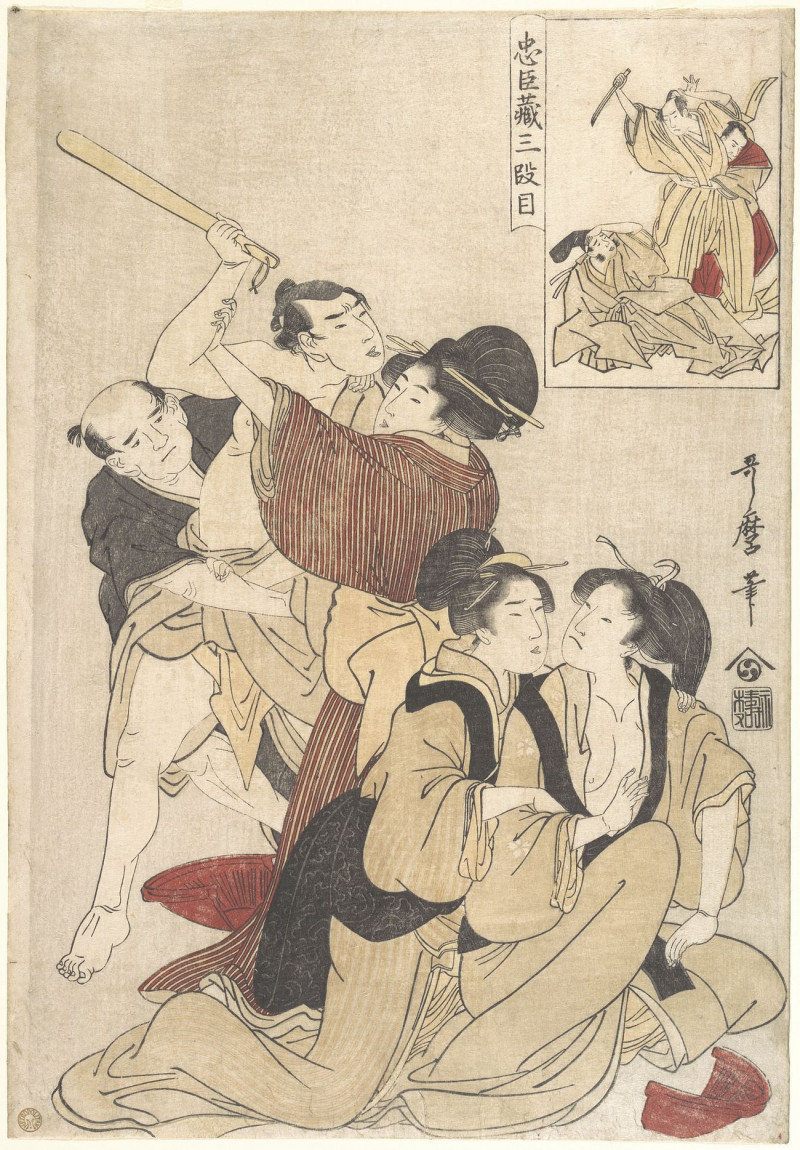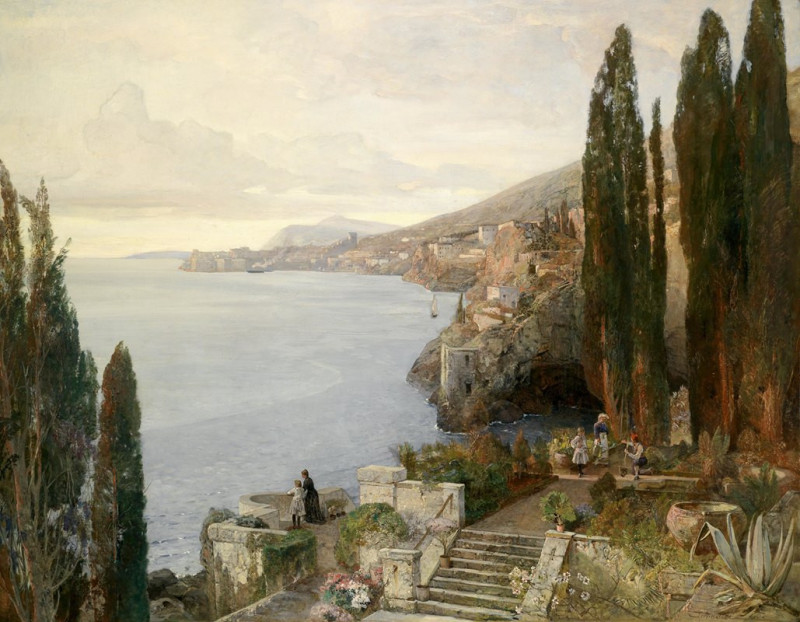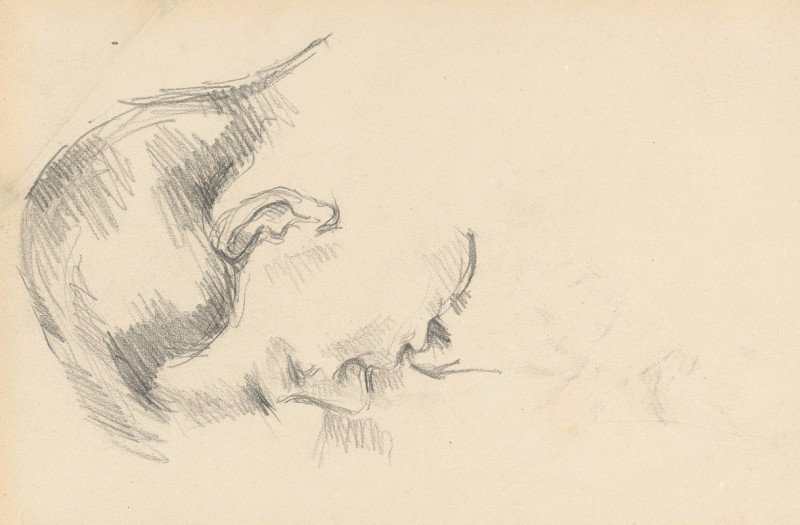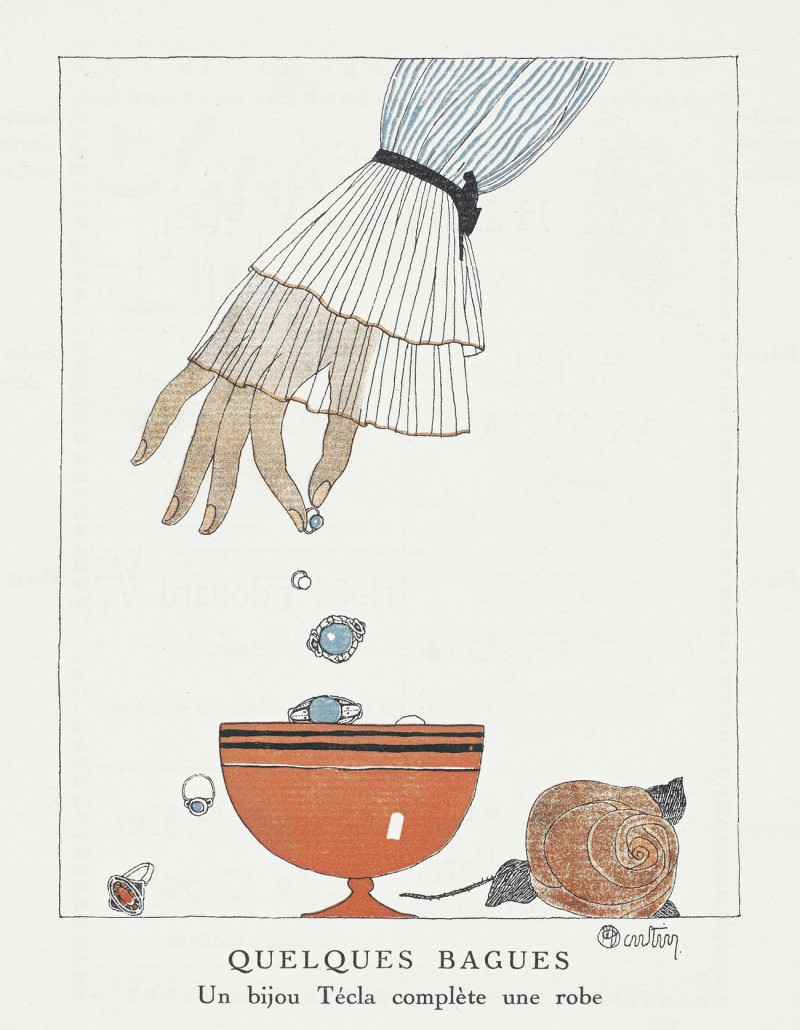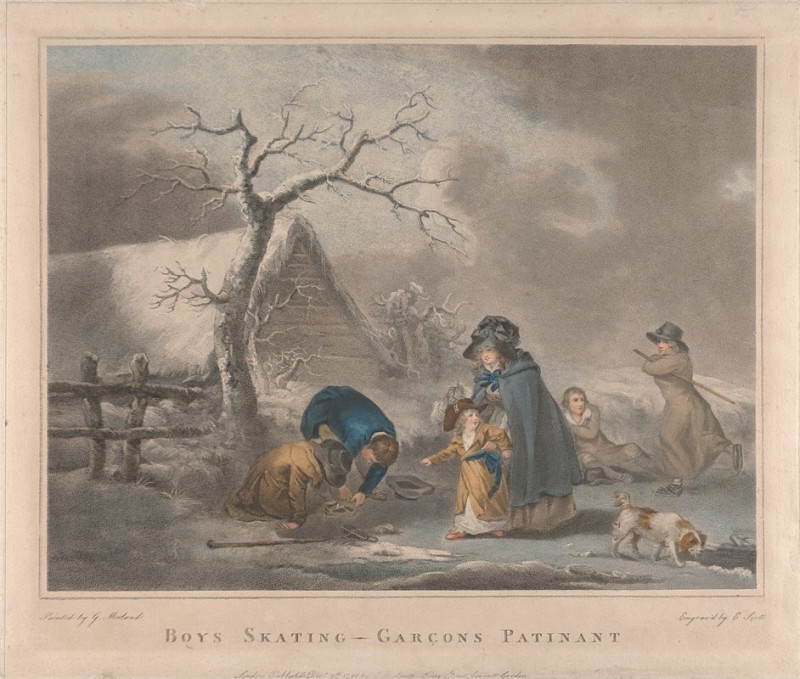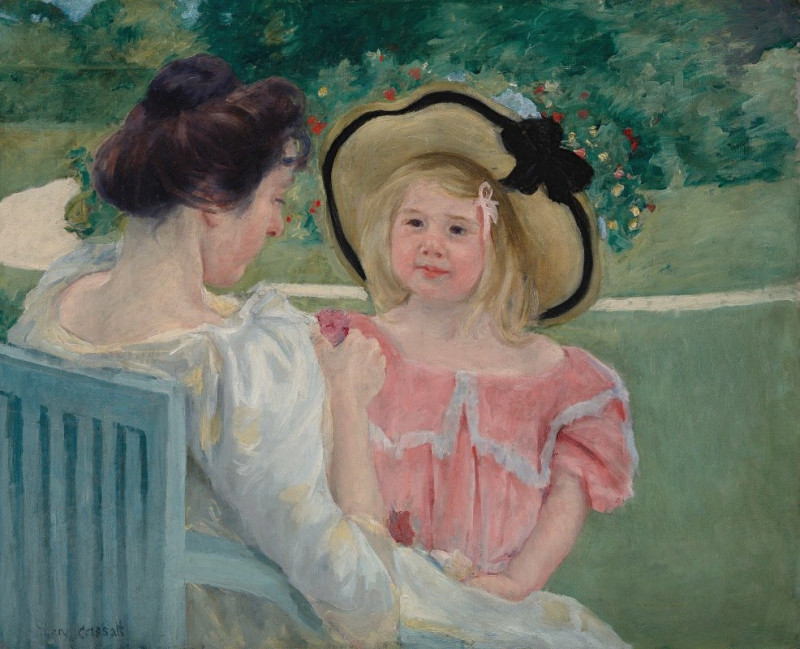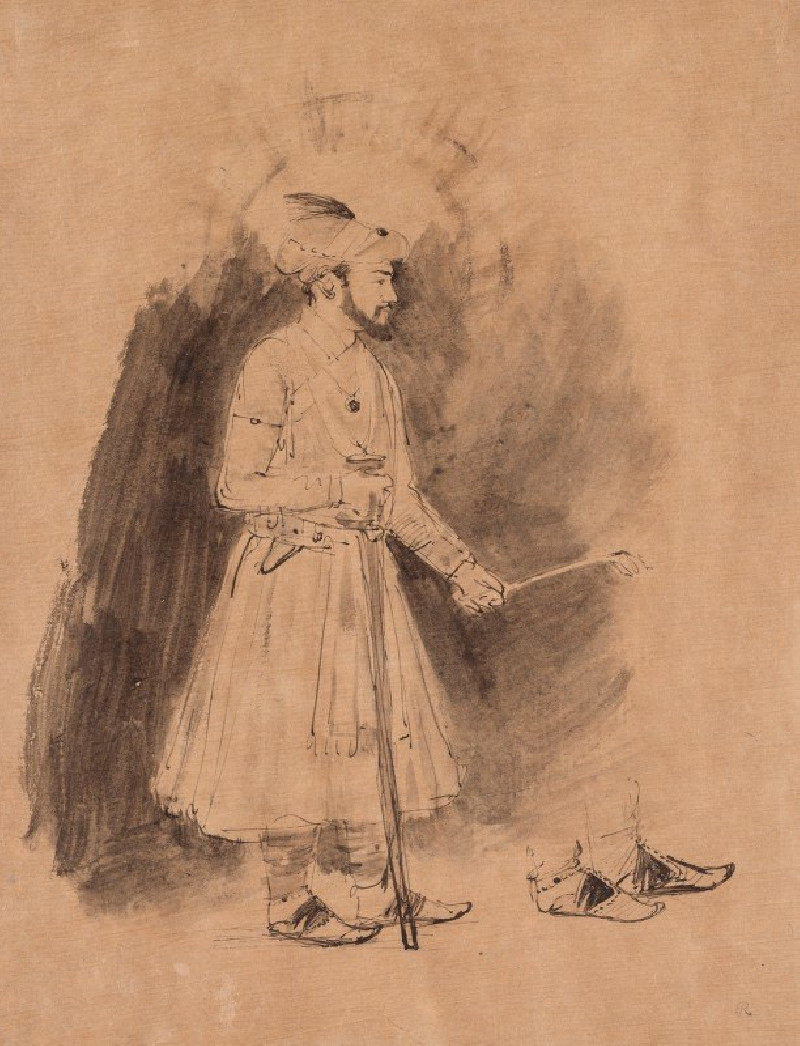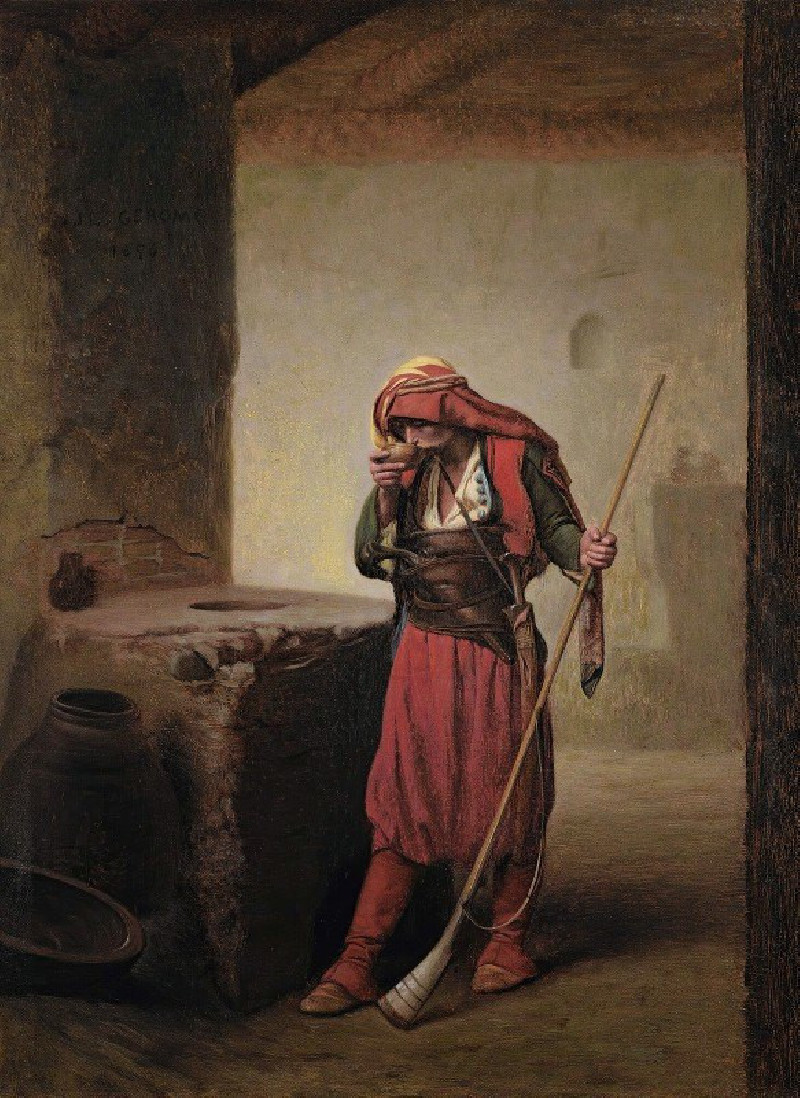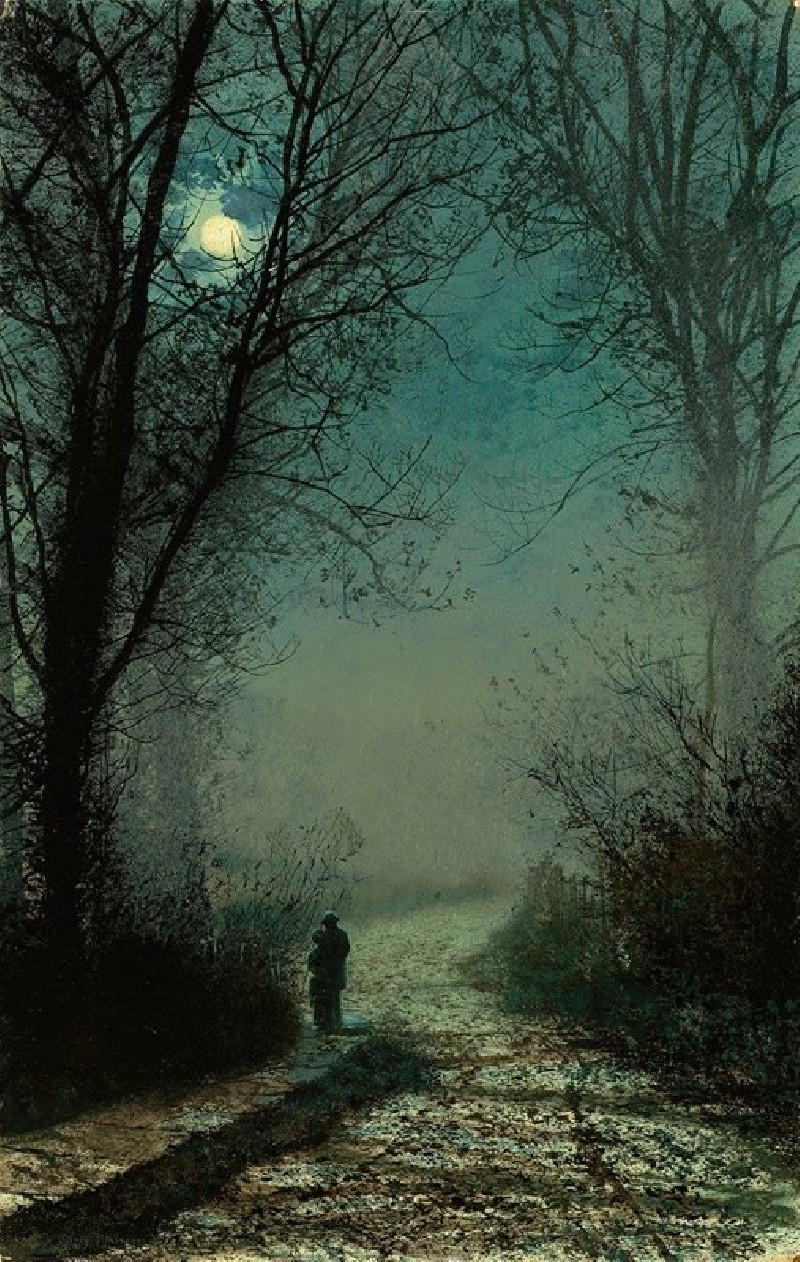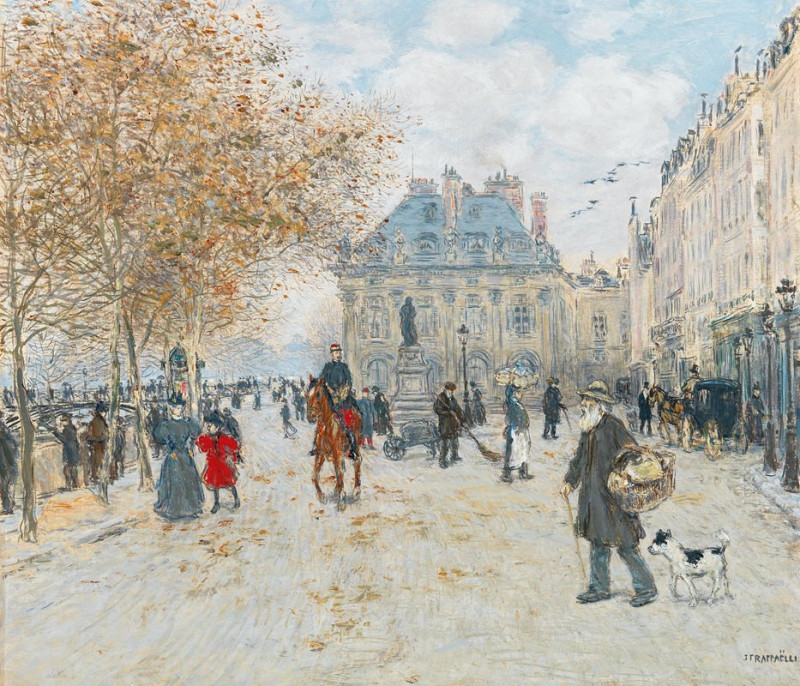Wankaka (1783)
Technique: Giclée quality print
Recommended by our customers
More about this artwork
The delicate artwork titled "Wankaka" by artist Samuel Davis, dated back to 1783, captures a serene, architectural scenery that invites viewers into a contemplative exploration of terrain and structure. Davis, renowned for his works that often combine detailed naturalistic elements with the grandeur of human constructions, presents a scene distinguished by a subtle play of light and shade.In "Wankaka," we observe an impressively sturdy edifice, possibly a fortified house or a small palace, standing commandingly on an elevated platform. The building, with its exposed wooden beams and large, overhanging eaves, reflects a design that is both utilitarian and aesthetically pleasing, indicating a blend of strength and elegance typical of the period's architecture.Surrounding the structure, gently sloping hills and textured terrains are depicted with soft brush strokes, lending an almost ethereal quality to the landscape. The ample depiction of foliage, from densely leafed trees to sparsely dotted shrubbery, complements the man-made structures, creating a harmonious balance between the natural world and human habitation.Prominent in its absence of vibrant color, the painting employs a monochromatic palette that enhances its timeless appeal, focusing the viewer’s attention on the composition and form. Water, reflective and calm, curves subtly through the foreground, adding a dynamic element that contrasts with the solidity of the architectural features."Wankaka" is not just a visual document of an 18th-century structure but an artistic meditation on the symbiosis between the natural environment and human ingenuity. It invites admirers to ponder the quiet beauty of such coexistence, captured exquisitely by Davis's skilled hand.

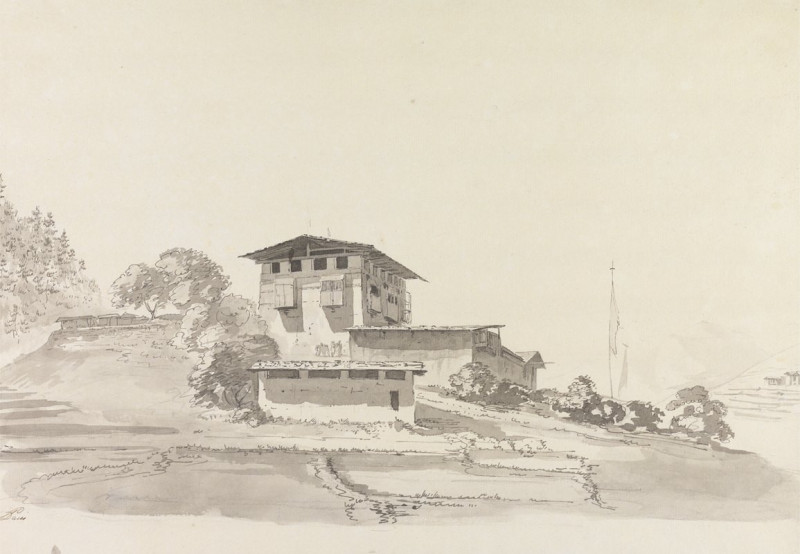
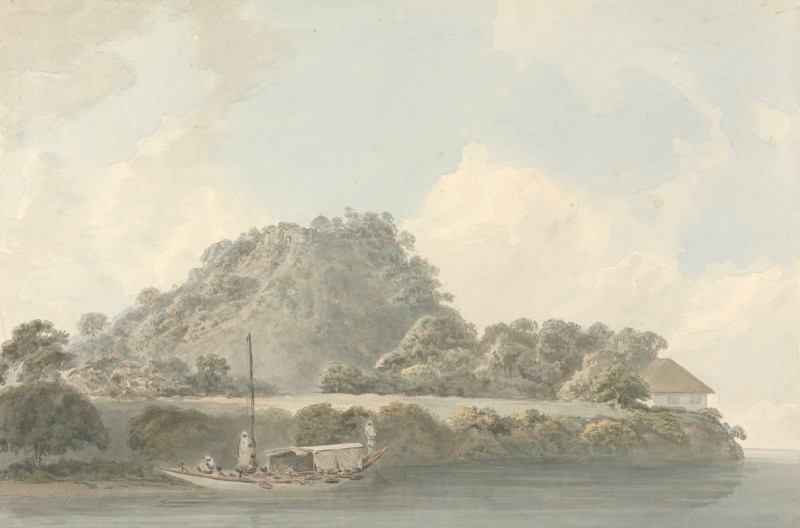


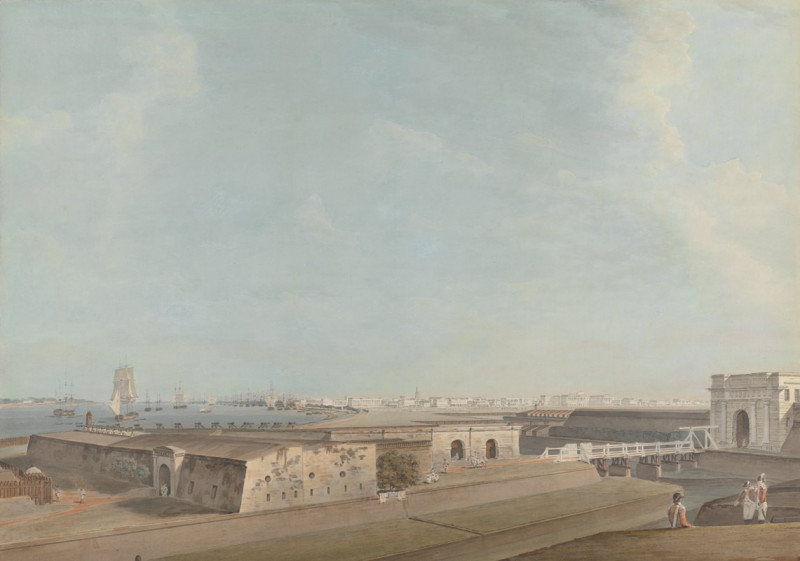
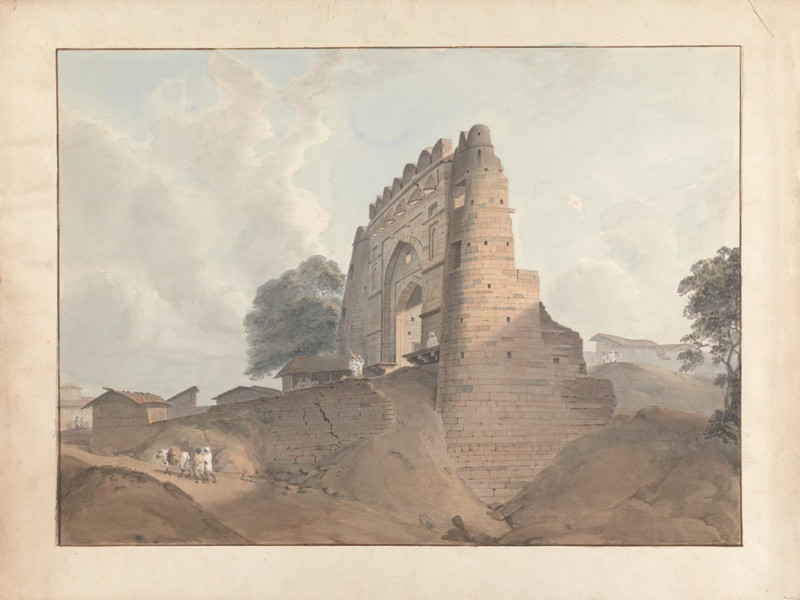
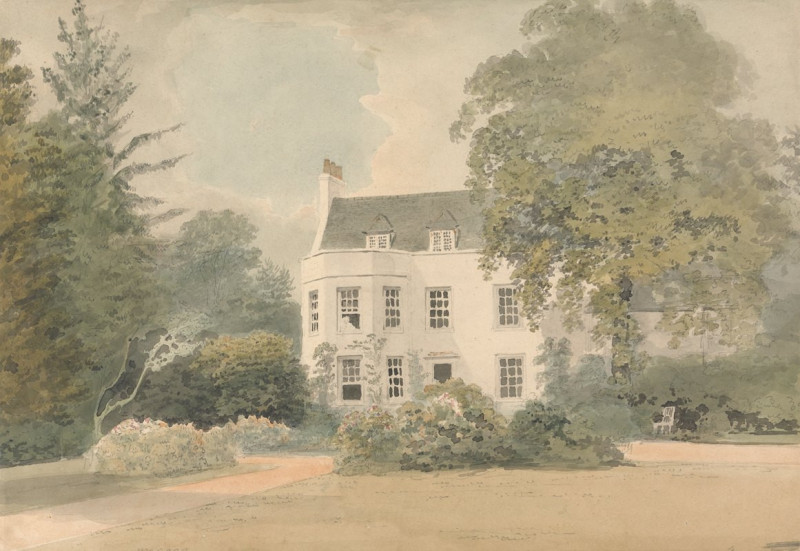
![Gateway of Poonaka [Puna Kha] (1783) reproduction of painting by Samuel Davis. ALL GICLEE PRINTS](https://reprodukcijos.lt/50229-large_default/reproduction-of-gateway-of-poonaka-puna-kha-1783.jpg)
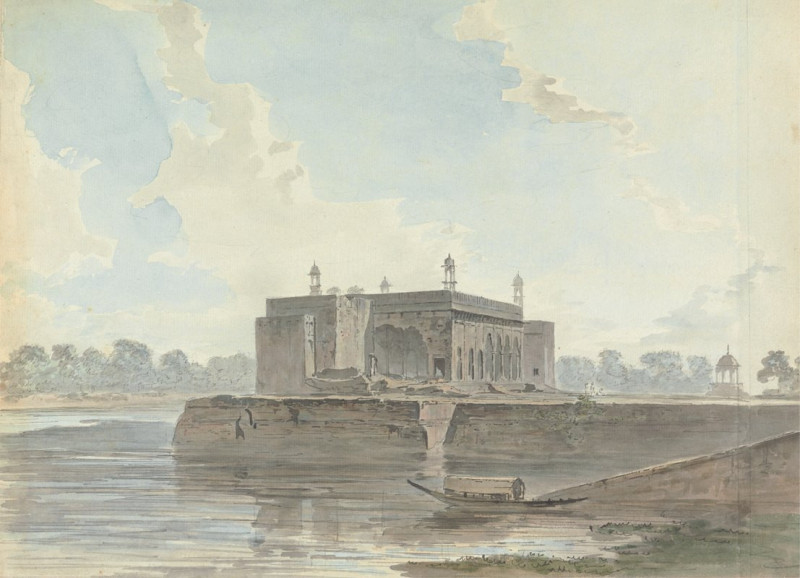
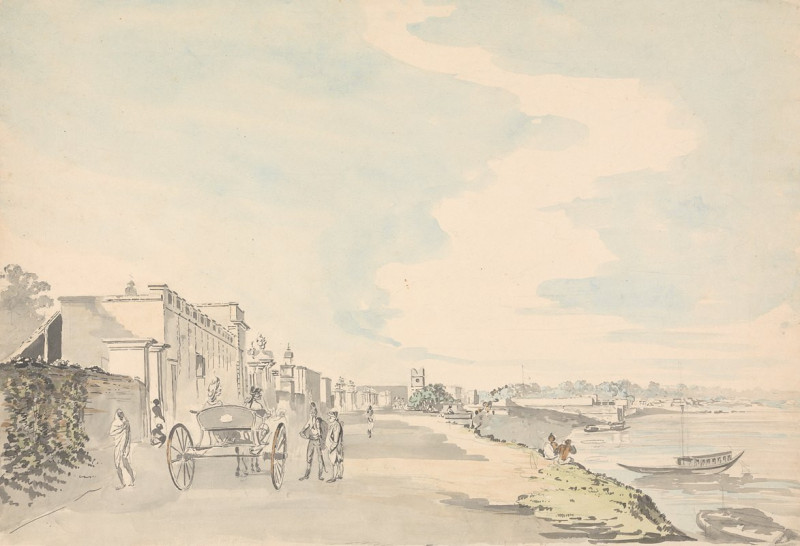
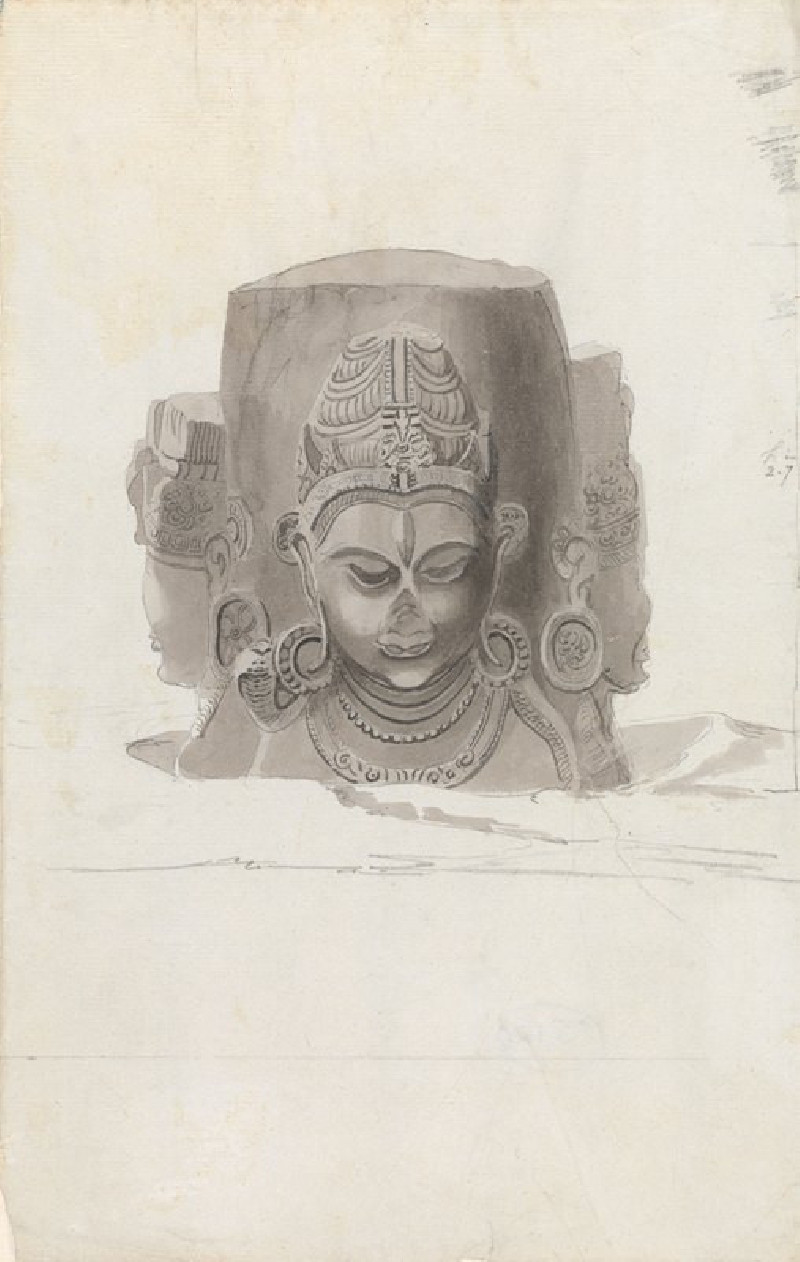
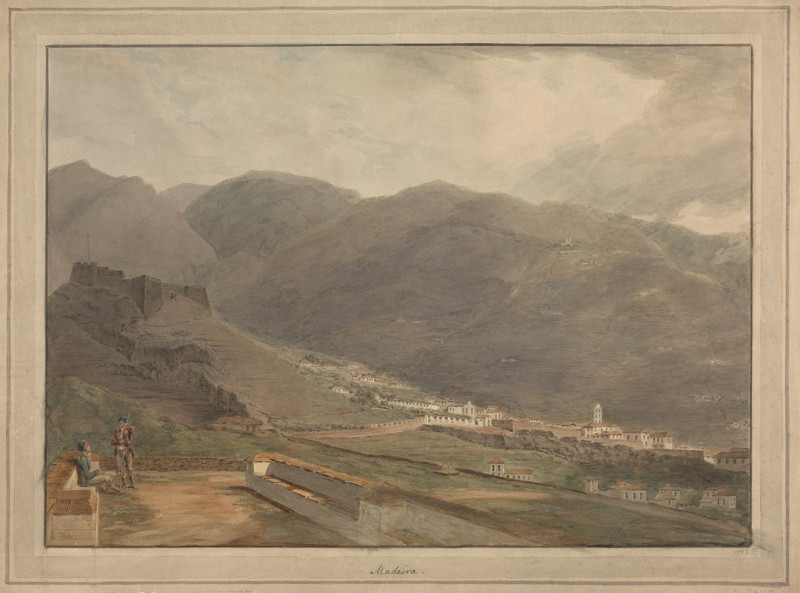

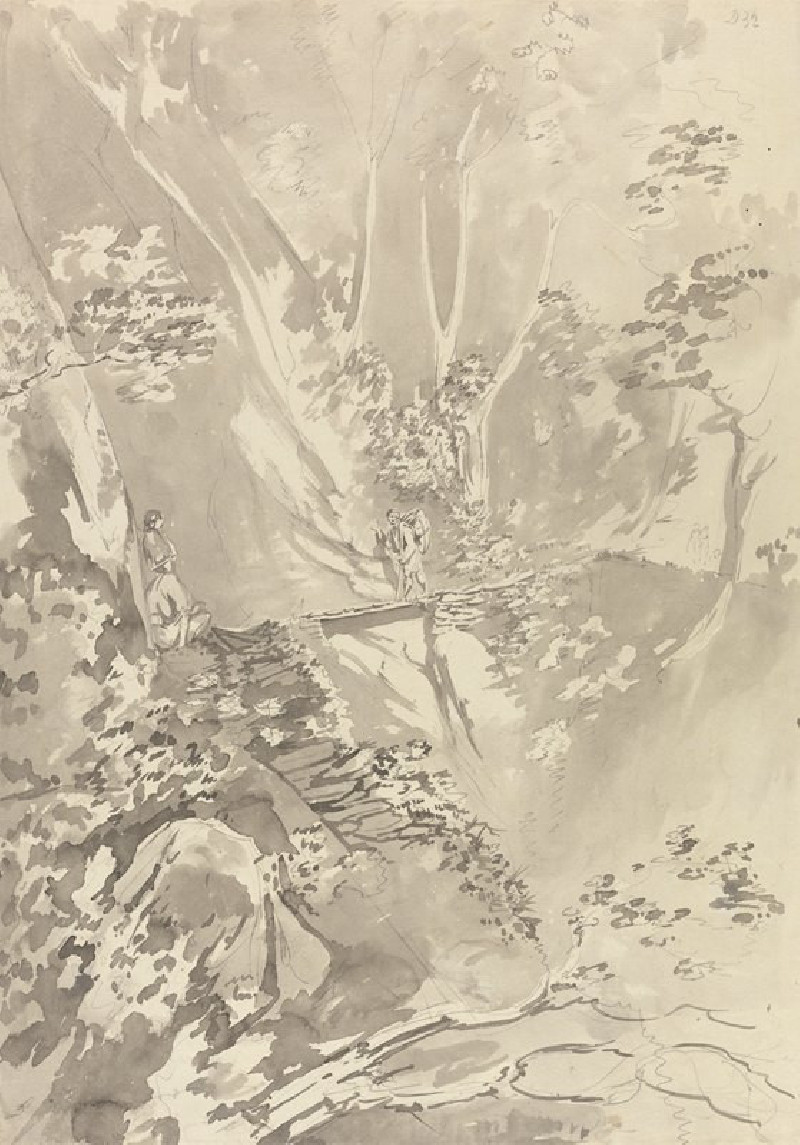
![The Annual Resort of Hindoos to Mundar Hill near Bhagulpore [Bhagalpur] reproduction of painting by Samuel Davis. ALL GICLEE ...](https://reprodukcijos.lt/49419-large_default/reproduction-of-the-annual-resort-of-hindoos-to-mundar-hill-near-bhagulpore-bhagalpur.jpg)
![View Above Poonaka [Punakha] reproduction of painting by Samuel Davis. ALL GICLEE PRINTS](https://reprodukcijos.lt/49426-large_default/reproduction-of-view-above-poonaka-punakha.jpg)
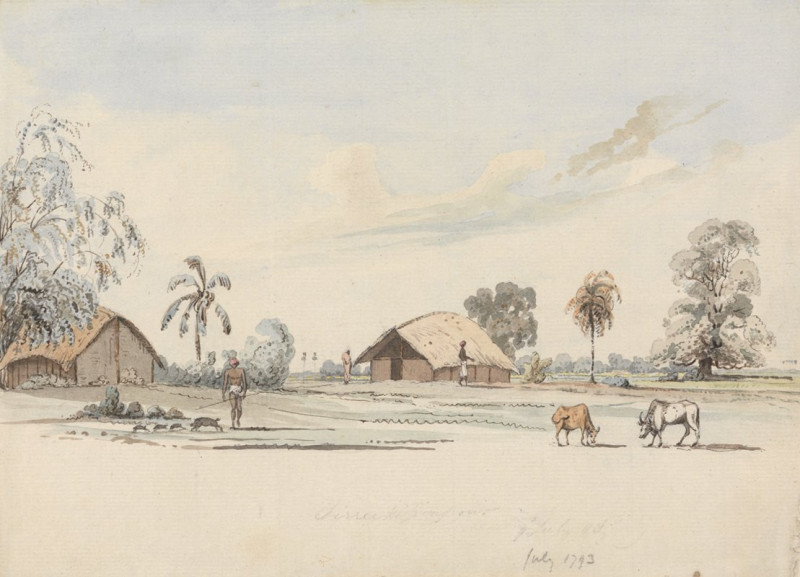
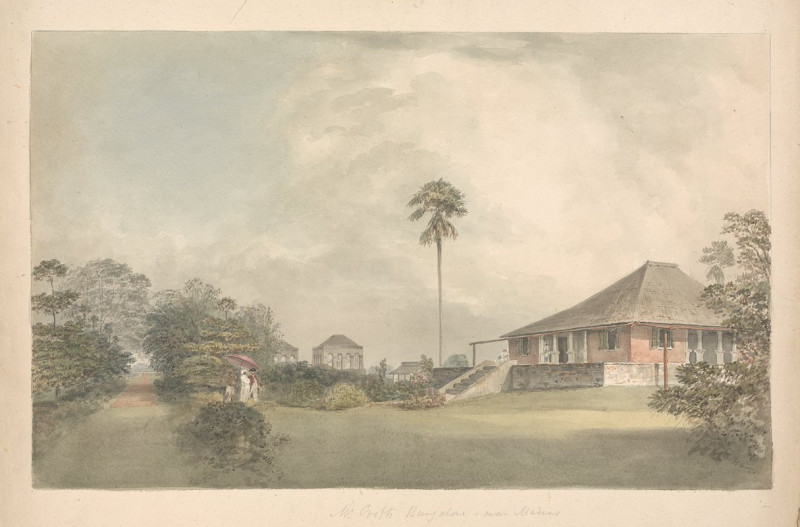
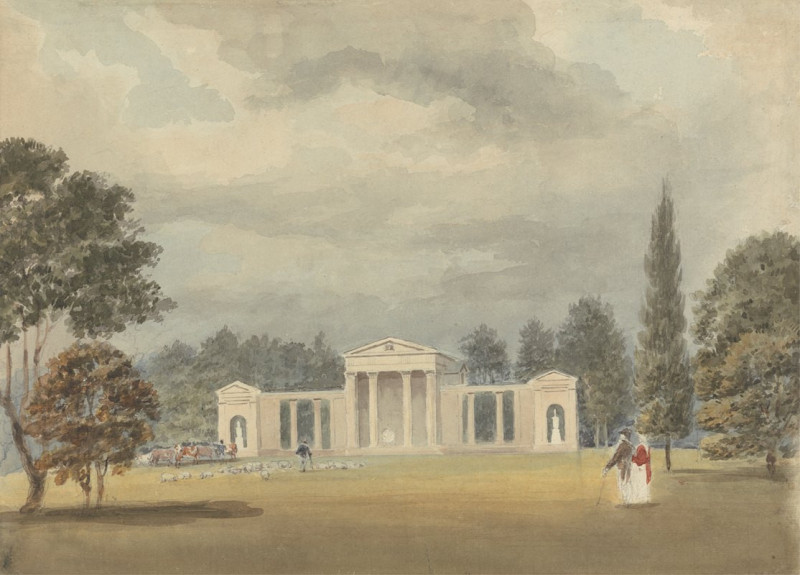
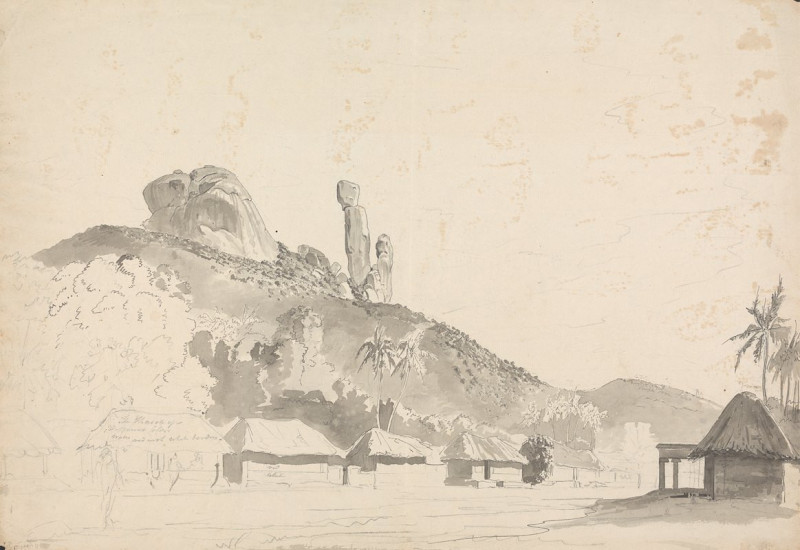
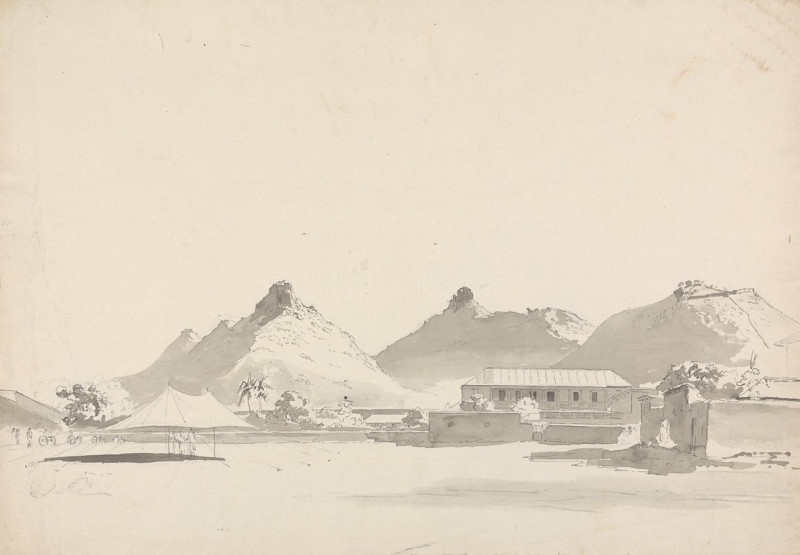

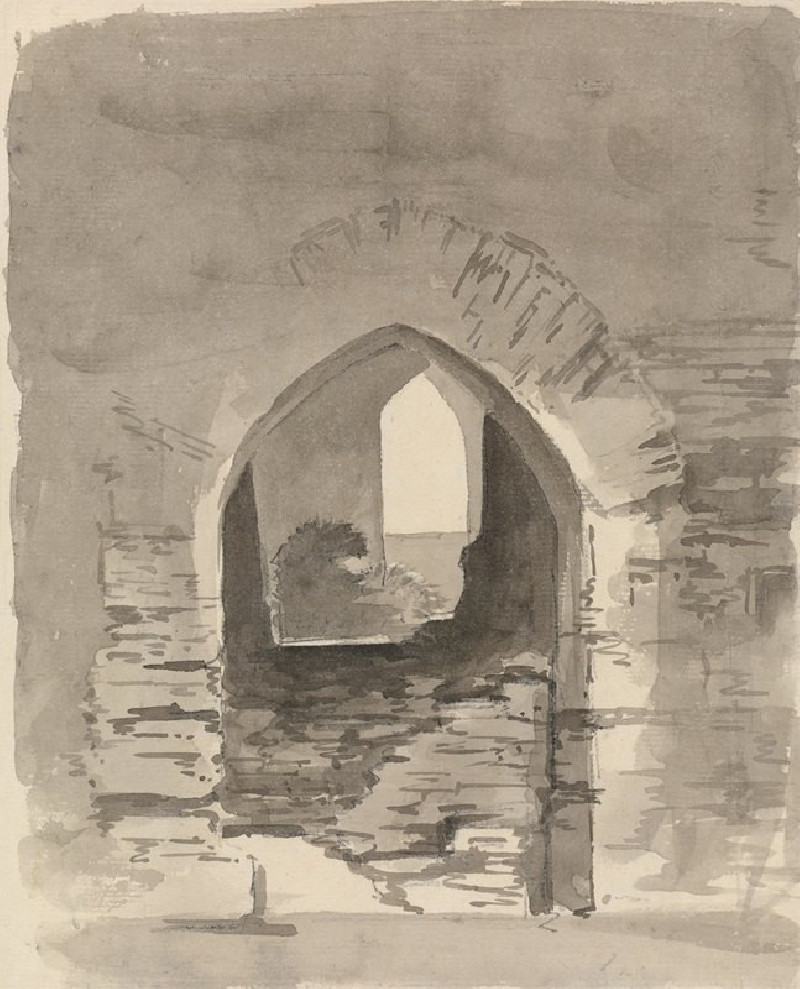
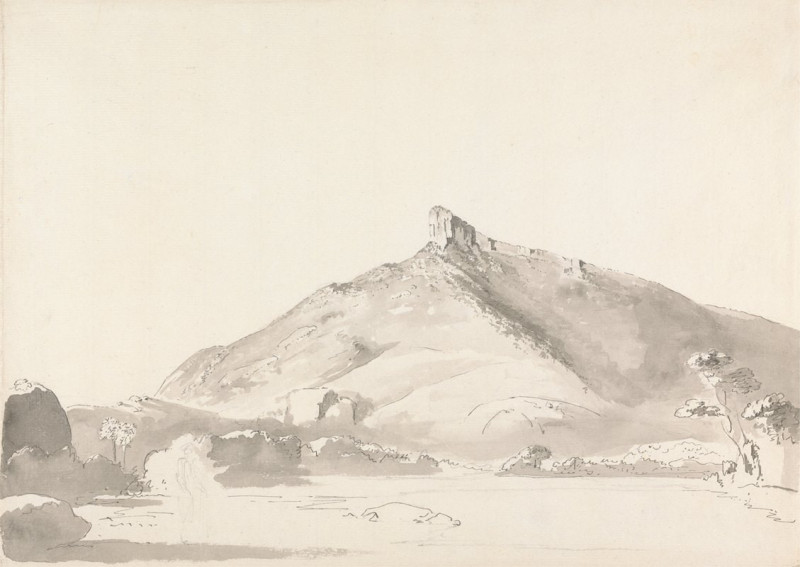


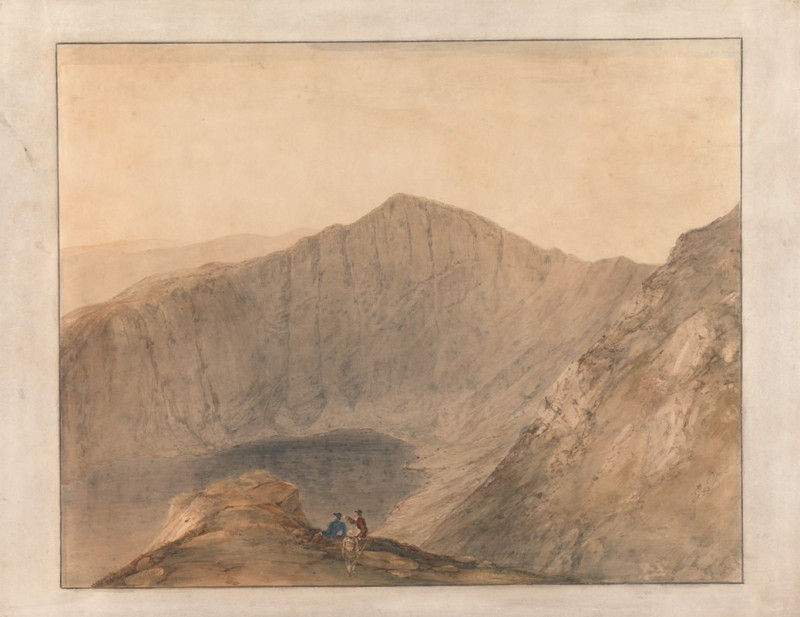
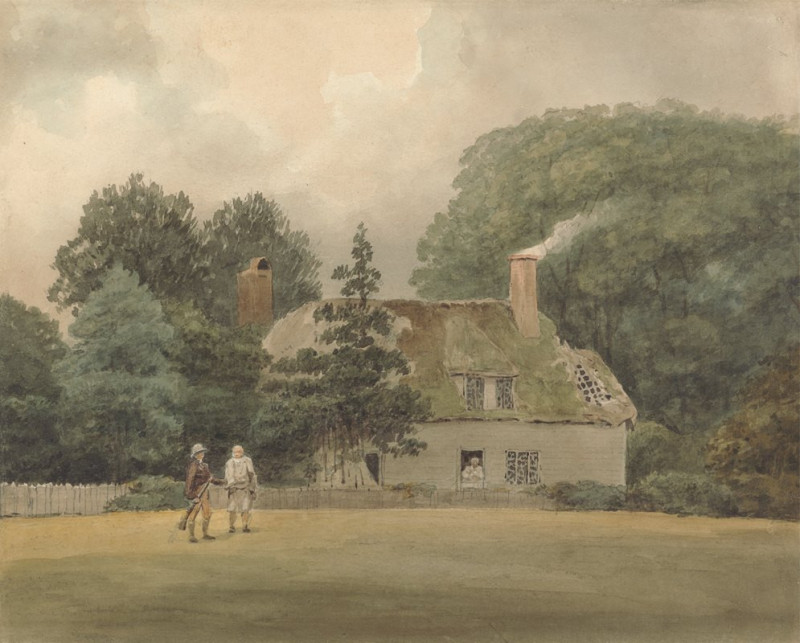
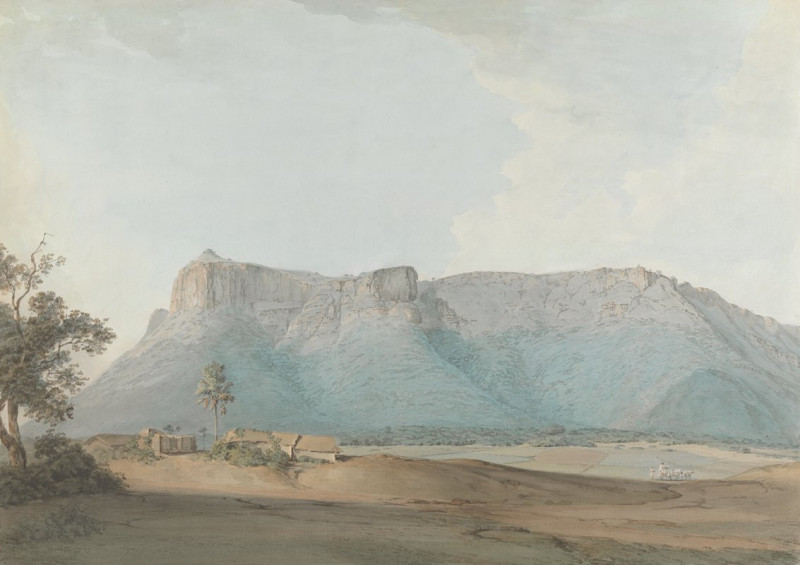
![At Moorshedubad [Murshidabad] reproduction of painting by Samuel Davis. ALL GICLEE PRINTS](https://reprodukcijos.lt/48403-large_default/reproduction-of-at-moorshedubad-murshidabad.jpg)
